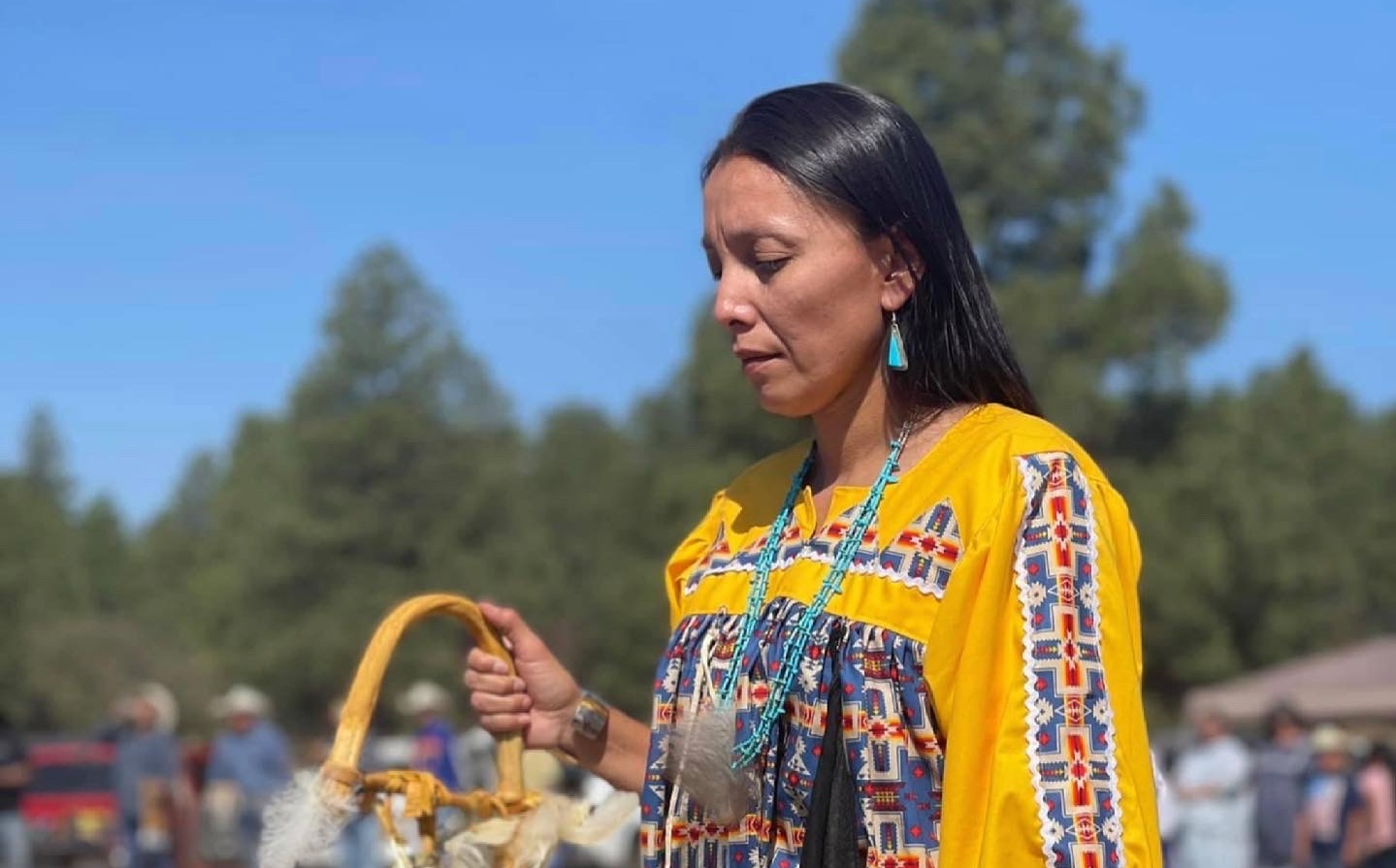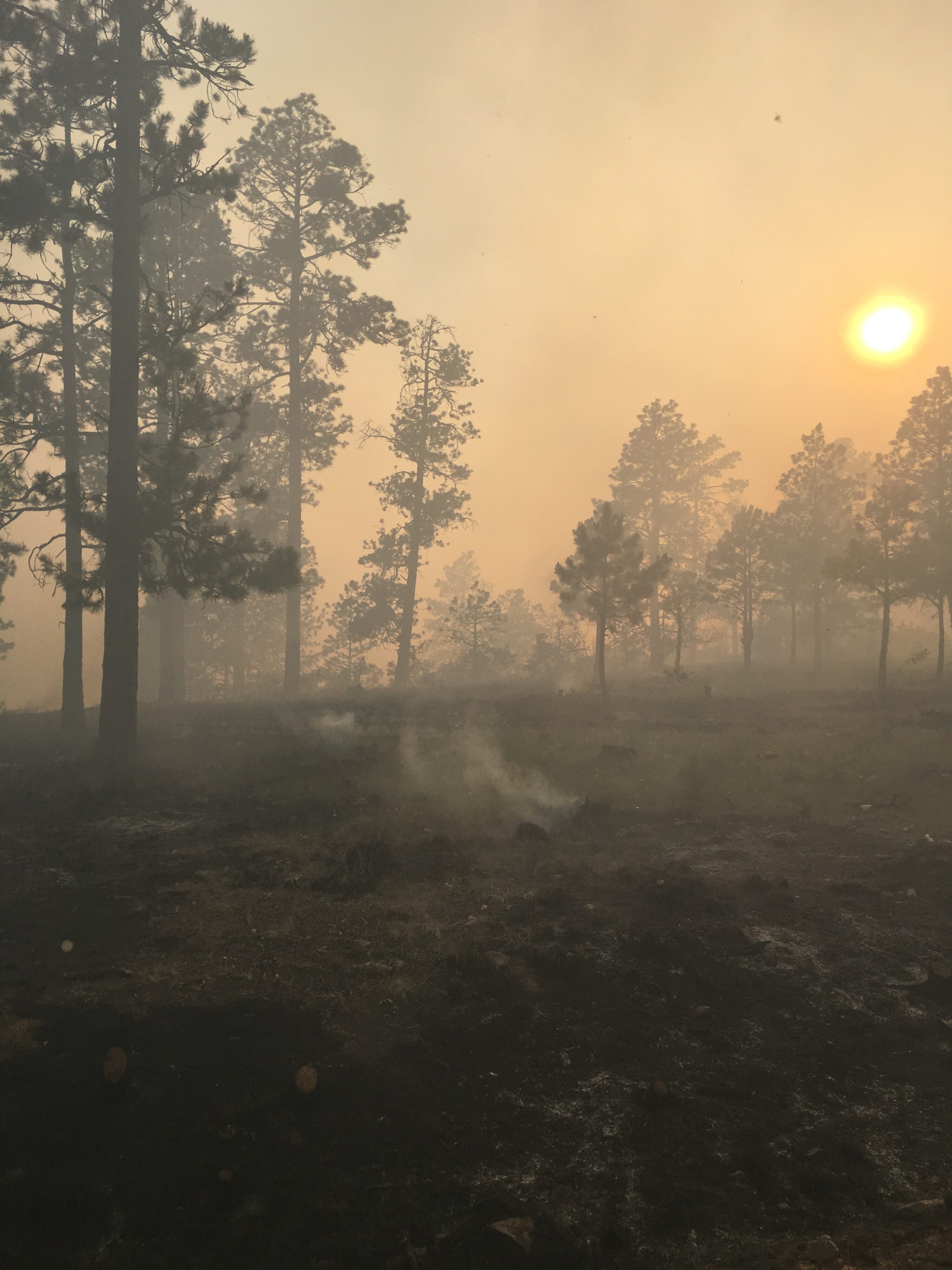
Joshua Massey

Joshua Massey
Wildland fires have long been both a friend and foe to Indigenous communities. While fires can bring destruction, they also play a crucial role in maintaining the health of ecosystems. As someone who grew up on an Indian reservation, I have witnessed firsthand the delicate balance between these forces and the resilience of my community in the face of modern challenges.
This story explores the intersection of traditional fire management practices and contemporary innovations to address wildland fires, drawing on insights from community elders, fire management professionals, and local activists.

For generations, Indigenous communities have practiced controlled burns, or prescribed fires, to manage the land and prevent catastrophic wildfires. These burns help reduce fuel loads, promote new growth, and maintain the health of ecosystems.
I had the privilege of speaking with Elder Gerald Banashley, a respected leader in our community, about the significance of these practices.
“Controlled burns have always been a part of our way of life,” Elder Banashley said. “They help us live in harmony with the land and ensure the survival of both the people and the environment.”
Elder Banashley recounted stories of how controlled burns were traditionally conducted with great care and respect for the land. These practices were not only about fire management but also about preserving cultural heritage and fostering a deep connection with nature that has many connections.
While traditional fire management practices remain vital, the reality of climate change has introduced new challenges. Increased temperatures, prolonged droughts, and changing weather patterns have led to more frequent and intense wildland fires. To better understand these modern challenges, I spoke with Laramie Higgins, a fire management professional who works with the Bureau of Indian Affairs (BIA).
“Climate change is exacerbating the conditions that lead to wildfires,” Higgins said. “We’re seeing longer fire seasons and more extreme fire behavior, which makes it crucial to integrate traditional knowledge with modern technology.”
Higgins emphasized the need for collaboration between Indigenous communities and governmental agencies to develop effective fire management strategies. This includes incorporating traditional practices, like controlled burns, with advanced technologies such as remote sensing and predictive modeling.
Growing up on the reservation, I witnessed the strength and resilience of my community in the face of wildland fires such as the Rodeo-Chediski and Wallow Fires. Despite the challenges posed by climate change, we have adapted and innovated to protect our land and people. Local activist Randall Burnette, who leads a youth fire management program, shared his perspective on the importance of community-driven initiatives.
“Our community has always been proactive in addressing fire management,” Burnette said. “We’re educating the younger generation about both traditional practices and modern techniques to ensure that our knowledge is passed down and adapted to current conditions.”
Burnette’s program combines classroom education with hands-on training in controlled burns, fire suppression techniques, and the use of modern firefighting equipment. The goal is to empower the youth to become future leaders in fire management and environmental stewardship.
The story of wildland fire management on Indian reservations is one of balance — honoring traditional practices while embracing modern innovations. By combining the wisdom of our ancestors with innovative technology, Indigenous communities can continue to protect and preserve their land for future generations.
As Elder Banashley wisely said, “Fire is a powerful force, but it is also a tool. When used with respect and knowledge, it can sustain us and the land we call home.”
In conclusion, the integration of traditional knowledge and modern innovations offers a promising path forward for wildland fire management on Indian reservations. By fostering collaboration, educating the youth, and adapting to new challenges, we can ensure a resilient and sustainable future for our communities and the environment for generations to come.